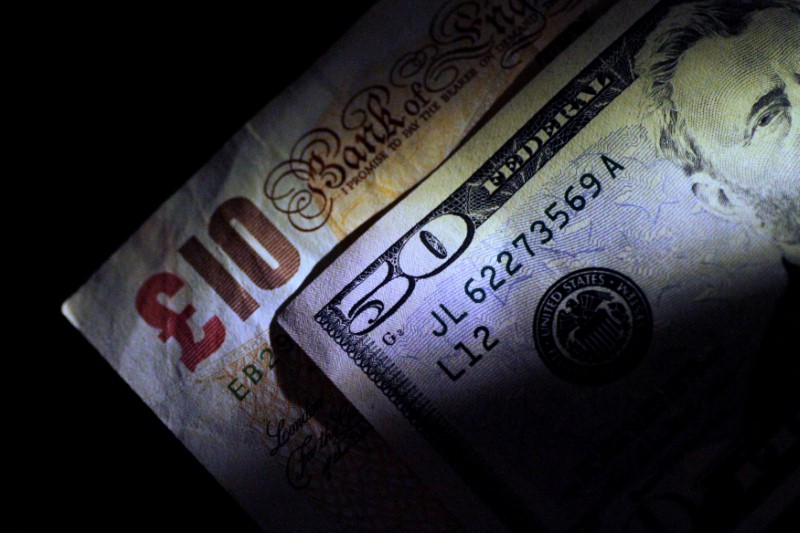
At 04:35 ET (08:35 GMT), the Dollar Index, which tracks the greenback against a basket of six other currencies, traded 0.2% lower to 103.495.
The dollar soared to an over 2-½ month high on Thursday following stronger-than-expected retail sales data, which added to recent signs of continued resilience in the US labor market.
This has resulted in traders largely inking in expectations for a 25 basis point cut by the Federal Reserve next month, a smaller cut than what the US central bank started the rate-cutting cycle in September.
The greenback has also received favor on raised expectations that Republican candidate Donald Trump wins the presidency next month, given the likelihood of dollar-supporting trade tariffs.
“We still think some de-risking into 5 November can lead to some defensive flows into the dollar,” said analysts at ING, in a note.
In Europe, GBP/USD gained 0.3% to 1.3049, after data released Friday showed British retail sales unexpectedly rose 0.3% in September, beating economists’ expectations for a monthly 0.3% fall.
Combined with stronger gains in July and August, sales rose by 1.9% rise in the third quarter, the joint largest increase since mid-2021.
“Still, growth data is of secondary interest for the BoE right now. This week’s surprise dip in services inflation is more important, suggesting back-to-back rate cuts are becoming more likely,” ING added.
EUR/USD edged 0.1% higher to 1.0844, but the euro remains on course for a weekly loss of almost 1% in the wake of Thursday’s rate cut by the European Central Bank.
In fact, the dollar’s 3% three-week gain versus the euro is the sharpest rally since the middle of 2022.
The ECB cut interest rates by 25 basis points to 3.25%, following on from September’s move – the first back-to-back rate cut since 2011.
Although this reduction was widely expected, the quickening pace of rate cuts points to a worsening economic outlook amid signs that inflation is increasingly under control.
USD/CNY fell 0.3% to 7.1037, with the pair slipping back after hitting a near two-month high earlier this week.
Chinese GDP grew 4.6% year-on-year, as expected, albeit at a slower pace than seen in the prior quarter. Quarter-on-quarter growth slightly missed expectations, while year-to-date GDP still remained below the government’s 5% annual target.
The GDP data underscored the need for more economic support from Beijing. The Chinese government had unveiled a slew of stimulus measures over the past three weeks, including both monetary and fiscal measures, but a lack of clear details on the timing, implementation and scale of the planned measures spurred limited optimism among investors.
USD/JPY fell 0.1% to 150.00, with the Japanese yen firming slightly after reaching a near three-month low earlier in the session..
Consumer price index data showed inflation grew slightly more than expected in September, although it fell from 10-month highs hit in the prior month.
To read the full article, Click Here

